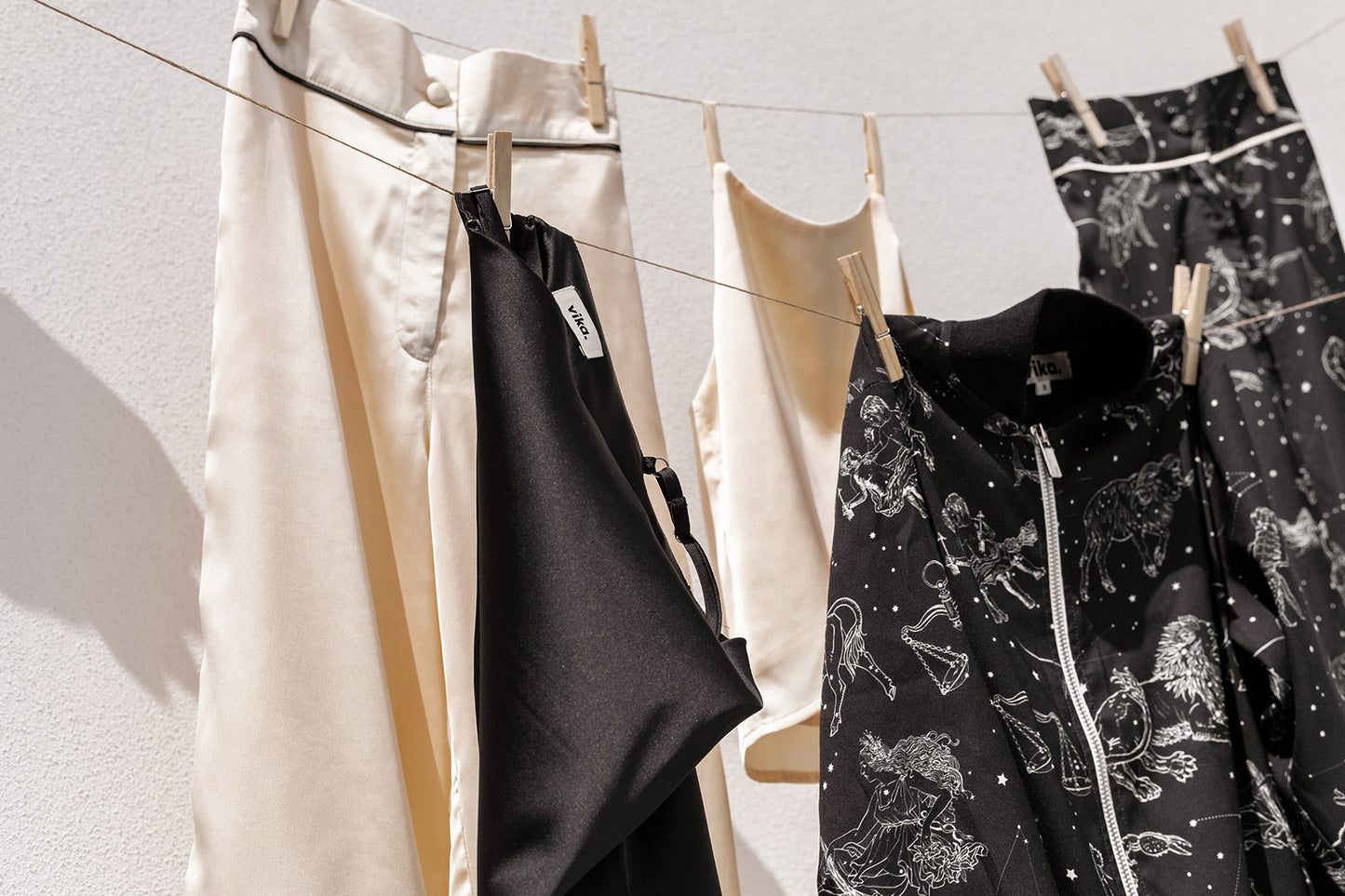
As parents, we’re always looking for ways to give our children the best—whether it’s nourishing meals, enriching activities, or thoughtful clothing choices. However, when it comes to the clothes we buy for our kids, how often do we stop to think about the larger impact of our fashion choices?
The fashion industry, especially fast fashion, has become a dominant force in today’s consumer culture. But the question remains—what are the long-term effects of this culture on our children? And how can we as parents make more informed, responsible decisions about the clothes we buy? The answers might lie in an insightful book, “Children and Consumer Culture” by David Buckingham, which examines how children interact with and are shaped by consumerism.
Consumer Culture and Its Impact on Children
David Buckingham’s “Children and Consumer Culture” explores the powerful influence of advertising, media, and marketing on children’s development. He discusses how children are not just passive recipients of marketing messages but active participants in shaping their desires and consumer identities. Buckingham’s research highlights how consumer culture affects children’s perceptions of self-worth, their social interactions, and even their environmental awareness.
As parents, this insight is essential when considering the clothes we buy for our kids. In a world of constant advertising and an ever-growing stream of new products, children are encouraged to buy, consume, and discard. The rise of fast fashion, with its promise of cheap and trendy clothes, contributes to this cycle of overconsumption, which can have detrimental effects on both our children and the planet.
The Role of Sustainable Fashion in Shaping Kids’ Values
Sustainable fashion offers families a way to break free from this cycle. By choosing brands that prioritize eco-friendly materials, ethical production, and long-lasting designs, we can show our children that there is more to clothing than the latest trend. Through sustainable fashion, we can teach them the importance of quality over quantity and the long-term value of investing in clothes that are made with care.
Buckingham argues that children are highly susceptible to the messages they receive from the consumer culture around them. If we only provide them with disposable, low-cost clothing, we reinforce the idea that clothing is simply a means of consumption—something to be quickly bought, worn, and discarded. However, by opting for brands that focus on sustainability, we can help our children develop a more thoughtful approach to clothing—one that values longevity and ethical production over instant gratification.
Sustainable Fashion and Teaching Mindfulness
In his research, Buckingham emphasizes the importance of critical thinking and awareness in helping children navigate the complex world of consumer culture. This applies to fashion as well. As parents, we have the unique opportunity to model mindfulness and responsible consumption. By teaching our children to appreciate the environmental and social impact of their clothing choices, we empower them to become more conscious consumers in the future.
The Vika Approach: Sustainable, Stylish, and Timeless
At Vika, we understand the importance of making thoughtful clothing choices. Our collections are designed with care, using high-quality natural fibres like 100% linen and cotton, ensuring that our pieces are both stylish and sustainable. We create timeless designs that children can wear season after season, passing them down to siblings or friends as they grow.
By supporting brands that prioritize sustainability, we encourage children to form a deeper connection with their clothes. They learn that their fashion choices can reflect values like care for the environment, appreciation for quality, and respect for craftsmanship.
Fashion as a Tool for Teaching Values
According to Buckingham, consumer culture plays a significant role in shaping children’s identities. As parents, we have the power to guide that influence. By choosing sustainable fashion for our children, we send a powerful message that goes beyond just clothing—it’s about being mindful of the world around us and the impact we have on it.
This aligns perfectly with the shift towards conscious consumerism. When we buy less but invest in better quality pieces, we contribute to a healthier environment and teach our children to value quality over quantity. Sustainable fashion isn’t just a trend—it’s a mindset that we can instill in our children for the long term.
In conclusion: creating a Better Future Through Fashion
Sustainable fashion is about more than just what we wear—it’s about the values we pass down to our children. As David Buckingham highlights, children are shaped by the consumer culture they are immersed in. As parents, we have the power to influence that culture by making more mindful choices and teaching our children the importance of sustainability, ethics, and quality.
At Vika, we’re proud to offer clothing that aligns with these values, ensuring that families can dress their children in pieces that are not only beautiful but also kind to the planet. By making thoughtful, sustainable fashion choices, we’re helping to shape a future where both our children and the planet can thrive.
